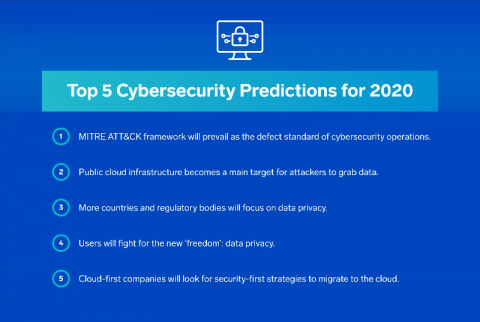Tripwire Enterprise and Zero Trust
Zero Trust is a new concept to many but one I believe will be of increasing importance over the coming years. With this post, I wanted to introduce newcomers to the concept, talk about why it’s an exciting approach to improving security, and explore how you can leverage File Integrity Monitoring (FIM) and Security Configuration Management (SCM) tools like Tripwire Enterprise (TE) to assist you on your Zero Trust (ZT) journey.






